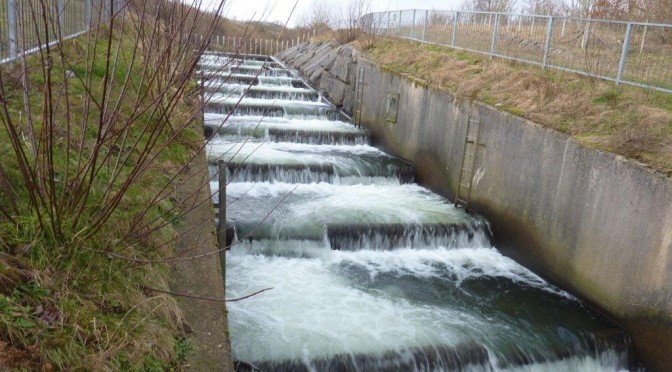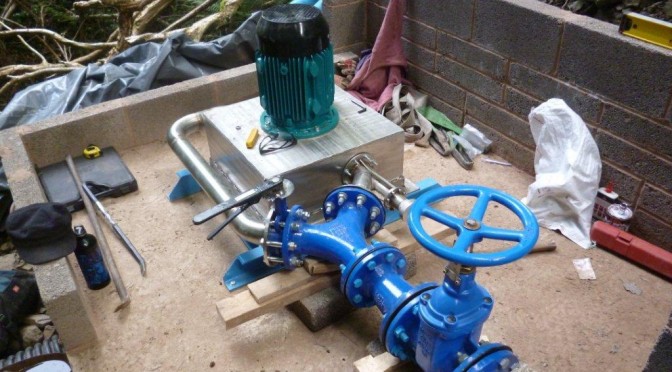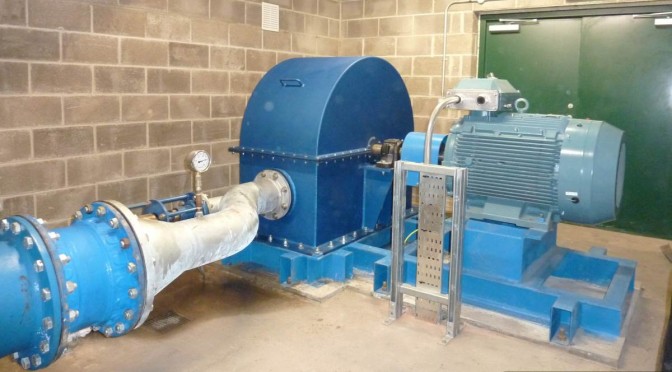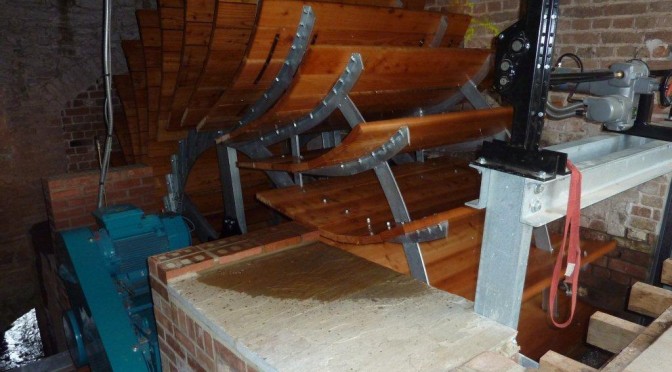| System type: | Crossflow Turbine | Power output: | 100 kW |
| Developer: | Friends of Taff Bargoed Park | Design Conditions: | H = 23.0m Q = 0.60 m3/s |
| Location: | Taff Bargoed, Treharris, Wales | Expected Generation: | 480 MWh p.a. |
Community Organisation, “Friends of Taff Bargoed Park” were awarded funding to develop legal and technical plans for a hydropower scheme on the Taff Bargoed River, Treharris. The income generated by the scheme through the Feed-in Tariff will be used for the upkeep and improvement of facilities at Taff Bargoed Park. Hydromatch Consulting provided the detailed technical design and made license applications. Construction is almost ready to begin.
The services we have so far provided:
- Flow measurements to validate modelling
- Topographical survey
- Detailed design
- Permissions and license applications
- Abstraction license
- Impoundment license
- Flood defence consent
- Fish pass approval
- Grid connection application
- Planning permission
- OFGEM pre-accreditation
- Ground investigations
- Detailed construction drawings
- Tender specification
- CDM preparation
If you have a similar project in mind, get in touch for an informal discussion about how we can assist with implementation.






